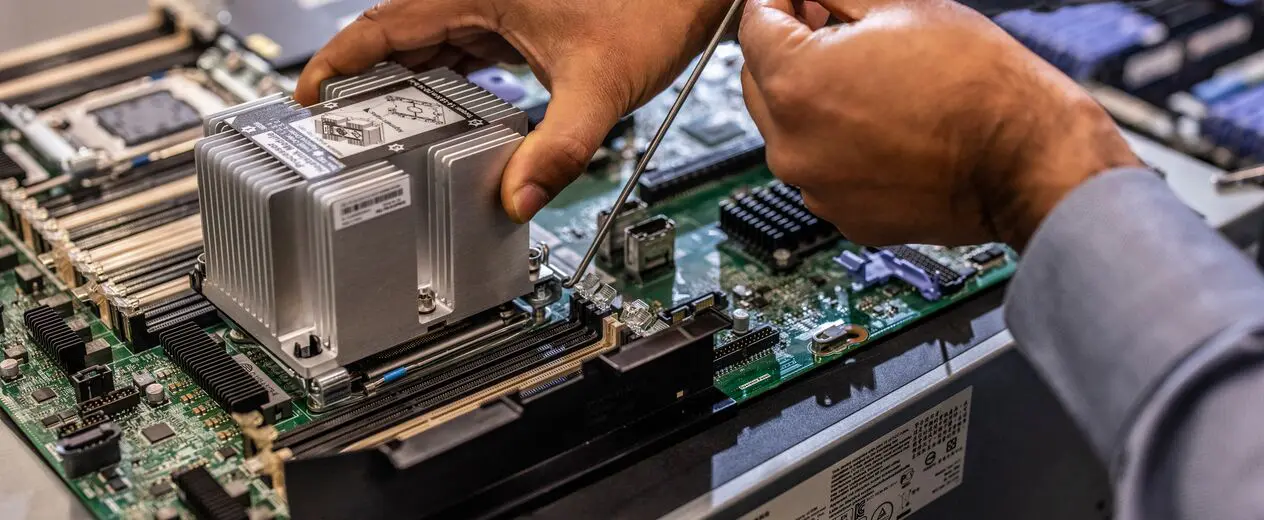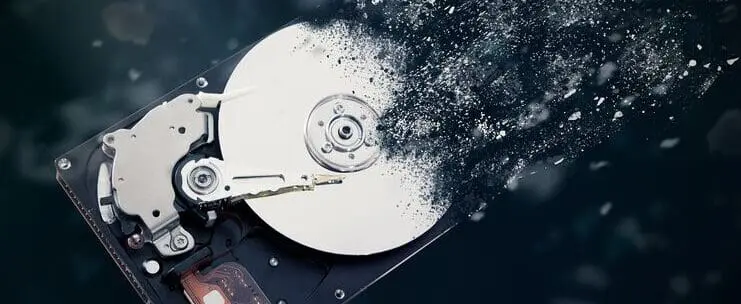Understanding Hardware lifecycles: Procurement to EOL & EOSL

Understanding the Hardware Lifecycle & Why EOL & EOSL Service Matters
You’ve put your trust (and budget) into building a solid IT infrastructure. But are you thinking strategically about the entire hardware lifecycle? We get it – you’re busy keeping the lights on and dealing with day-to-day demands. But taking a long-term view of your hardware, especially those End of Life (EOL) and End of Service Life (EOSL) phases, can save you a world of pain (and budget overruns).
What is the hardware lifecycle?
In a nutshell, it’s the journey your hardware takes – from purchase to deployment, through years of operation and those inevitable maintenance calls, to the day you finally say goodbye. Think of it as a roadmap for squeezing the most value out of your tech investments.
Why you need an effective lifecycle management plan
Look, you’re not in the business of IT firefighting. A proactive lifecycle management plan helps you avoid those late-night emergencies by:
- Preventing Downtime Disasters: Spot ageing hardware and plan upgrades before those dreaded crashes and outages, keeping your operations running like a well-oiled machine.
- Making Savvy Spending Choices: Get a clear view of when to refresh your hardware and when to extend its life, making every IT dollar count.
- Staying One Step Ahead of Security Threats: Close security gaps and keep your systems compliant by addressing vulnerabilities in outdated hardware.
- Boosting Efficiency: Ensure your hardware is always performing at its peak, driving productivity and supporting those ambitious business goals.
Overview of each phase of the Hardware Cycle & Why It Matters
Procurement
Choosing the right hardware is a big decision. Here’s what to think about:
- Performance Power: Does it pack enough punch to handle your applications and workloads without breaking a sweat?
- Budget Smart: Find the balance between performance and your bottom line.
- Vendor Trust: Choose vendors with a proven track record of reliability and top-notch support. You want someone you can count on when things get tricky.
- Future-Proof and Scalable: Will this hardware grow with your business? Can you add more capacity down the line without tearing your hair out?
- Lifecycle Awareness: Check those EOL and EOSL policies. You need to know how long the vendor will support your hardware.
Deployment
Make sure your new hardware hits the ground running:
- Plan It Like a Mission: Map out a detailed deployment plan with timelines, responsibilities, and any training your team needs to get up to speed.
- Get the Configuration Right: Ensure your new hardware is properly configured to integrate seamlessly with your existing systems.
- Test, Don’t Guess: Thoroughly test your hardware before it goes live. This is not the time to roll the dice!
- Document Everything: Keep those configurations and processes well-documented. You’ll thank yourself later.
Operation and Maintenance
This is where you make sure your hardware stays in top shape for years to come:
- Proactive Monitoring: Implement monitoring tools (like Interactive’s OnAlert) to catch those warning signs before they turn into major headaches.
- Preventative Care: Regular maintenance is key. Think of it as a tune-up for your hardware, keeping it running smoothly and preventing costly downtime.
- Security Is Non-Negotiable: Keep your systems patched and protected with the latest security updates.
- Performance Tuning: Regularly check performance metrics and make adjustments to ensure optimal efficiency.
Scalability
Your tech needs to keep pace with your ambitions. Here’s how to scale without the drama:
- Plan for Growth: Forecast your future capacity needs and plan upgrades or expansions in advance.
- Choose Flexibility: Opt for hardware that can be scaled up easily as your demands increase.
- Consider the Cloud: Virtualisation and cloud-based solutions offer flexibility and make scaling a breeze.
End of Life (EOL)
Recognise the tell-tale signs that your hardware is nearing its end:
- Plan for Growth: Forecast your future capacity needs and plan upgrades or expansions in advance.
- Choose Flexibility: Opt for hardware that can be scaled up easily as your demands increase.
- Consider the Cloud: Virtualisation and cloud-based solutions offer flexibility and make scaling a breeze.
When EOL arrives, you’ve got options:
- Upgrade Time: Get a brand-new system with all the latest features and a fresh warranty.
- Extend the Life: Go with third-party maintenance from Interactive — a cost-effective way to keep your existing hardware going strong.
- Time to Retire: Securely decommission the hardware through our trusted partner, EraseIT, ensuring sensitive data is erased and the equipment is disposed of responsibly.
Why EOL and EOSL services are critical for your business
Here’s why EOL and EOSL services from providers like Interactive make a world of difference:
- Maximise Your Investment: Get more mileage out of your existing hardware, extending its life and avoiding those big-ticket upgrades.
- Budget-Friendly Support: Third-party maintenance often costs less than OEM contracts, freeing up budget for other priorities.
- Flexible Options: Get a support plan that fits your needs and budget.
- Stay Secure and Compliant: Providers like Interactive often have access to security updates even after the OEM stops supporting your hardware.
Ignoring EOL and EOSL can lead to some nasty consequences:
- Downtime Disruptions: Imagine a critical system crashing right when you need it most. Ouch!
- Soaring Repair Costs: Sourcing parts for outdated hardware can be a real pain (and expensive!).
- Security Nightmares: Running unsupported systems is like leaving a welcome mat out for cybercriminals.
- Compliance Headaches: You could face fines and legal issues if your outdated hardware doesn’t meet industry regulations.
Asset life cycle management best practices
- Make a Plan, Stick to It: Develop a comprehensive lifecycle management plan that covers every stage.
- Stay Organised: Maintain a detailed inventory of all your hardware assets, noting location, age, and warranty status.
- Don’t Wait for Trouble: Implement proactive monitoring to catch issues early and make preventative maintenance a regular routine.
- Think Big, Plan Bigger: Choose scalable hardware that can grow with your business and stay ahead of those capacity demands.
- Be EOSL Savvy: Don’t wait for a crisis. Start planning for EOL and EOSL well in advance.
- Choose Partners You Trust: Work with reliable vendors and maintenance providers who understand your business and have your back.
Choosing the right EOL & EOSL service provider
Finding the right EOL and EOSL partner is crucial. Here at Interactive, we tick all the boxes. But if you’re shopping around (and we encourage you to do your research!), here’s what to look for:
- Experience Matters: Has the provider successfully supported organisations like yours with similar hardware? We’ve got decades of experience across a wide range of industries and technologies.
- Parts on Demand: Can they guarantee 100% parts availability for all supported hardware, including those legacy systems? We can! Our extensive inventory and dedicated engineers are ready to maximise your equipment’s operational life and keep your fleet running.
- Rapid Response: Do they offer guaranteed response times that align with your business’s pace? We’re known for our rapid response and proactive approach to minimising downtime.
- Flexible and Fair: Do they offer contract options and SLAs that work for your budget and requirements, not the other way around? We believe in tailored solutions, not one-size-fits-all contracts.
- Customer Focused: Is their customer service top-notch? Do they make you feel like a priority, not just another number? We’re obsessed with customer satisfaction and go the extra mile to ensure your success.



